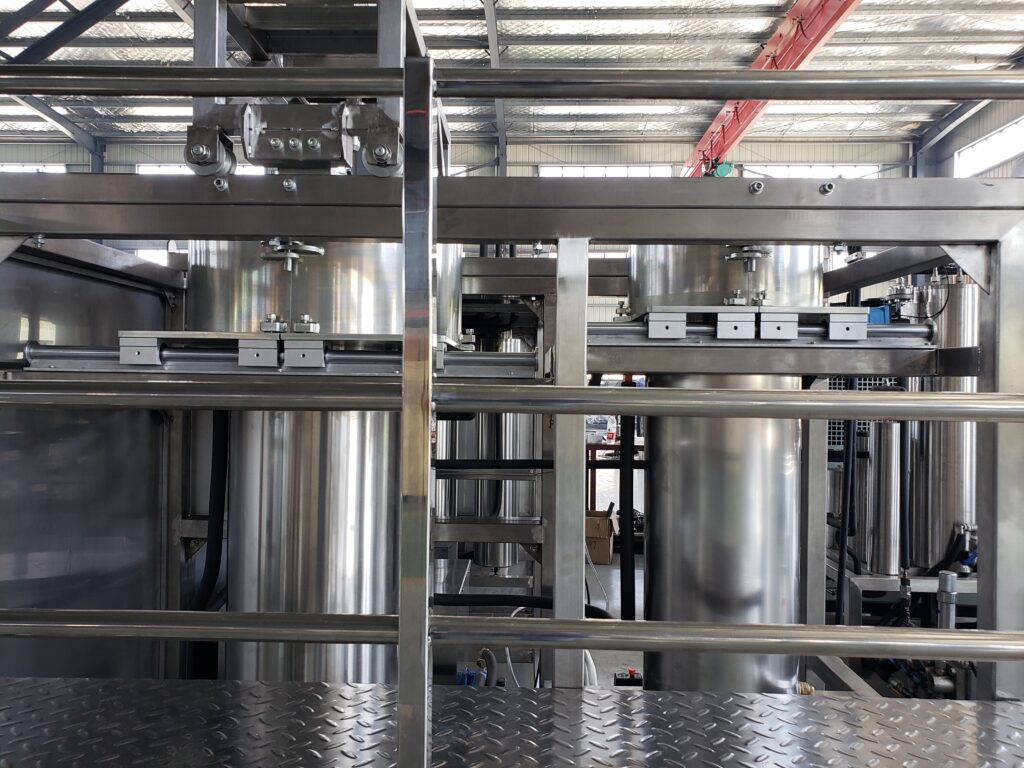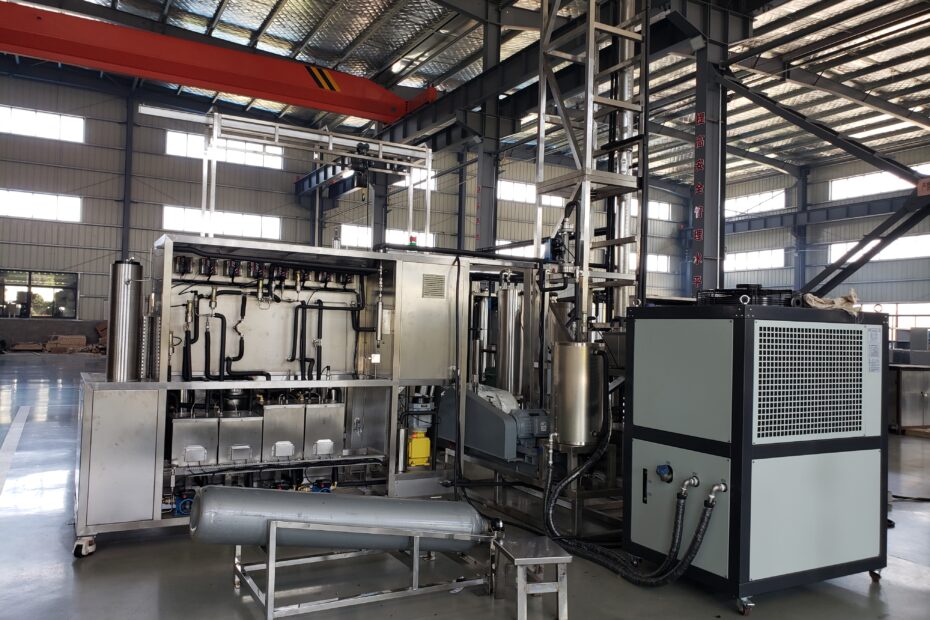In the realm of agriculture, the extraction of essential oils and compounds from fruits, vegetables, and flowers plays a crucial role in various industries such as food, cosmetics, and pharmaceuticals. Two primary extraction methods, CO2 extraction and hydrocarbon extraction, are often employed to obtain these valuable compounds. However, when it comes to safety considerations in the production of fruits, vegetables, and flowers, which extraction method holds the advantage?
Understanding CO2 Extraction
Supercritical CO2 extraction process utilizes carbon dioxide in a supercritical state to extract essential oils and compounds from plant material. In this method, CO2 is pressurized and heated to a state where it exhibits both liquid and gas properties, allowing it to act as a solvent for extracting desired substances from fruits, vegetables, and flowers. The resulting extract contains a concentrated form of the desired compounds, which can then be used in various applications.
Understanding Hydrocarbon Extraction
Hydrocarbon extraction involves the use of hydrocarbon solvents such as butane, propane, or ethanol to extract essential oils and compounds from plant material. This method dissolves the desired substances in the solvent, which is then evaporated to leave behind a concentrated extract. Hydrocarbon extraction is widely used in industries where high yields and efficiency are paramount.
Safety Considerations
When evaluating the safety of CO2 and hydrocarbon extraction methods in fruit, vegetable, and flower production, several factors must be considered:
CO2 Extraction Safety
- Non-Toxicity: CO2 is considered non-toxic and generally recognized as safe (GRAS) by regulatory agencies.One of the primary advantages of CO2 extraction is its non-toxic nature. Carbon dioxide is considered safe for use in food and pharmaceutical applications.
- No Residual Solvents: Unlike hydrocarbon extraction, CO2 extraction does not leave behind residual solvents in the final product, eliminating the risk of solvent contamination in food and cosmetic products.
- Environmental Impact: CO2 extraction is often touted as more environmentally friendly compared to hydrocarbon extraction, as it does not involve the use of potentially harmful chemicals.

Hydrocarbon Extraction Safety
- Efficiency: Hydrocarbon extraction is known for its high efficiency in extracting essential oils and compounds, resulting in higher yields compared to CO2 extraction.
- Safety Protocols: While hydrocarbon solvents can pose safety risks due to their flammable nature, proper safety protocols and equipment can mitigate these risks effectively.
- Residual Solvents: Despite the potential risks, reputable manufacturers employ rigorous purification processes to ensure that no residual solvents remain in the final product intended for consumption or use.
| Aspect | CO2 Extraction | Hydrocarbon Extraction |
|---|---|---|
| Safety | Non-toxic, no residual solvents | Flammable solvents require safety protocols |
| Efficiency | Lower yields compared to hydrocarbon extraction | Higher yields |
| Environmental Impact | More environmentally friendly | Potential environmental concerns |
Conclusion
In conclusion, both CO2 and hydrocarbon extraction methods offer distinct advantages and challenges in the production of fruits, vegetables, and flowers. While CO2 extraction is generally considered safer and more environmentally friendly, hydrocarbon extraction boasts higher efficiency. The choice between the two methods ultimately depends on factors such as safety considerations, regulatory requirements, and production goals. As technology advances and regulations evolve, the agricultural industry may witness further innovations in extraction methods aimed at enhancing safety and sustainability in fruit, vegetable, and flower production.
